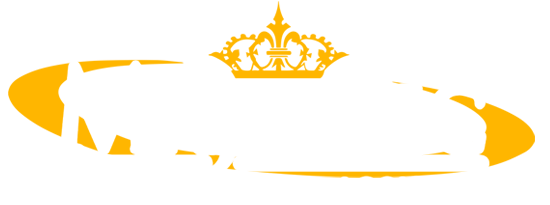In-bond moves are a specialized service that requires a high level of expertise and coordination. These moves involve transporting goods under a bond, which means they haven’t yet cleared customs and are not to be sold or consumed in the U.S.
Why do in-bond moves require such expertise? For starters, carriers or their agents are required to electronically file the in-bond application. Additionally, a standard 30-day maximum transit time is in effect for transporting in-bond merchandise between U.S. ports. Any diversions from the intended destination port to another port require electronic permission from the Customs and Border Protection (CBP). Furthermore, carriers must report the arrival and location of the in-bond merchandise within 48 hours of arrival at the port of destination or port of exportation.
Failure to adhere to these regulations can result in delays, fines, and other complications. Therefore, it’s crucial to work with a logistics provider that has the expertise to navigate the complexities of in-bond moves.
For more information on the regulations governing in-bond moves, you can visit the U.S. Customs and Border Protection’s FAQ page.

